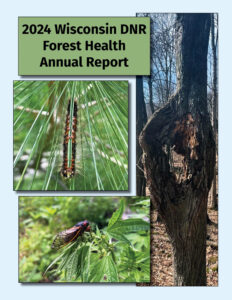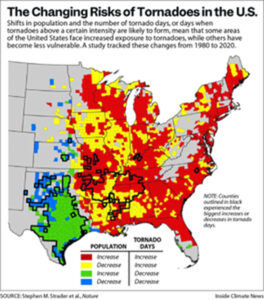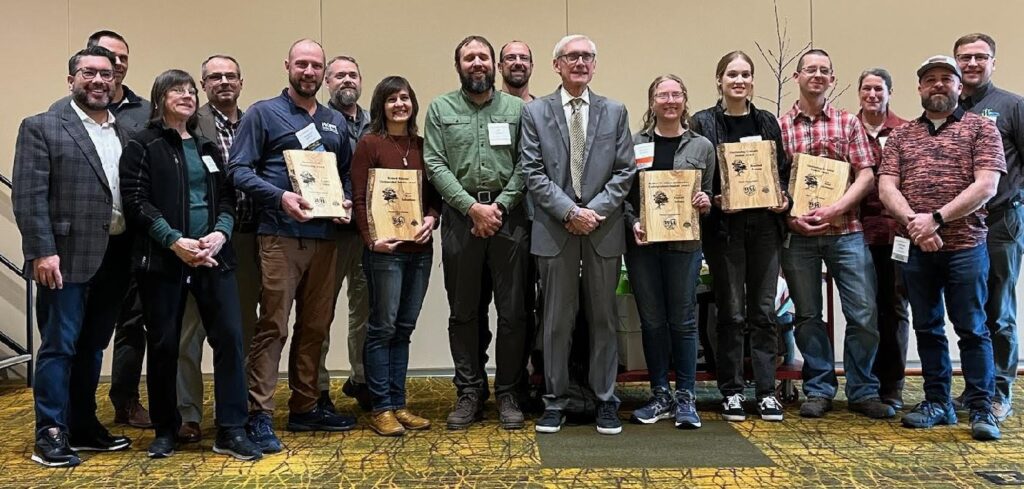Public, Private Forestry Experts Encouraged To Apply For Membership In State Advisory Committee
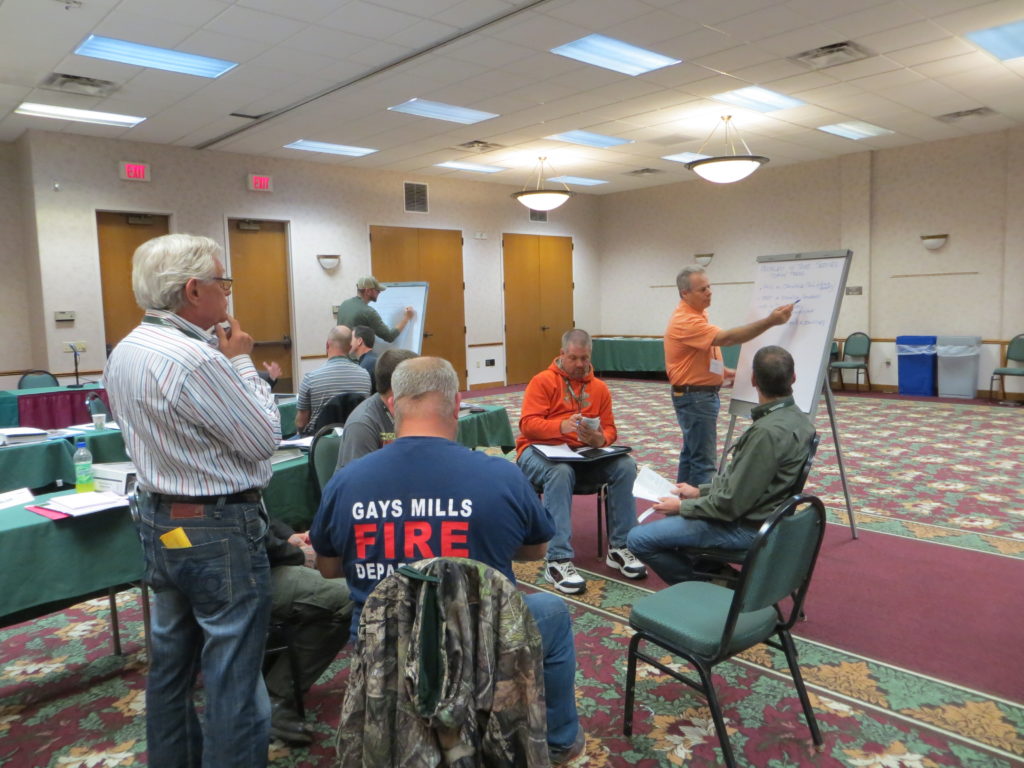 Are you a forestry expert interested in working with the Wisconsin Department of Natural Resources (DNR), forest industry professionals and natural resource leaders to ensure sustainable management practices of Wisconsin’s forest resources?
Are you a forestry expert interested in working with the Wisconsin Department of Natural Resources (DNR), forest industry professionals and natural resource leaders to ensure sustainable management practices of Wisconsin’s forest resources?
The DNR and Wisconsin Council on Forestry are seeking representatives from a variety of partner interest groups to fill several current and upcoming vacancies on the Silviculture Guidance Team (SGT), which provides crucial oversight and input to ensure the responsible and effective management of Wisconsin’s forest resources. Continue reading “Lend Your Expertise To The Silviculture Guidance Team”

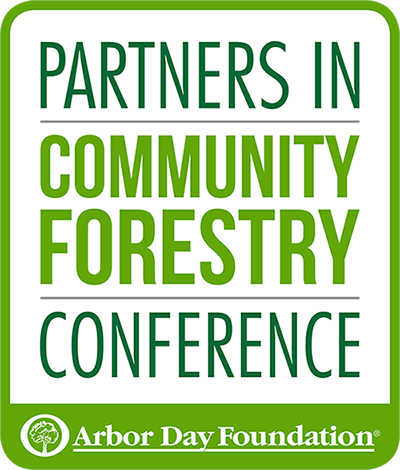 Partners in Community Forestry Conference: Nov. 19-20, 2025
Partners in Community Forestry Conference: Nov. 19-20, 2025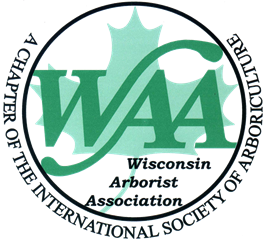 WAA Summer Conference: July 31, 2025
WAA Summer Conference: July 31, 2025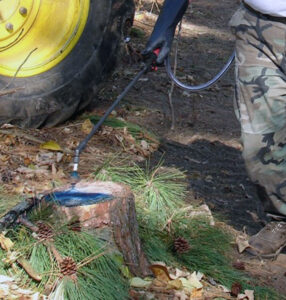
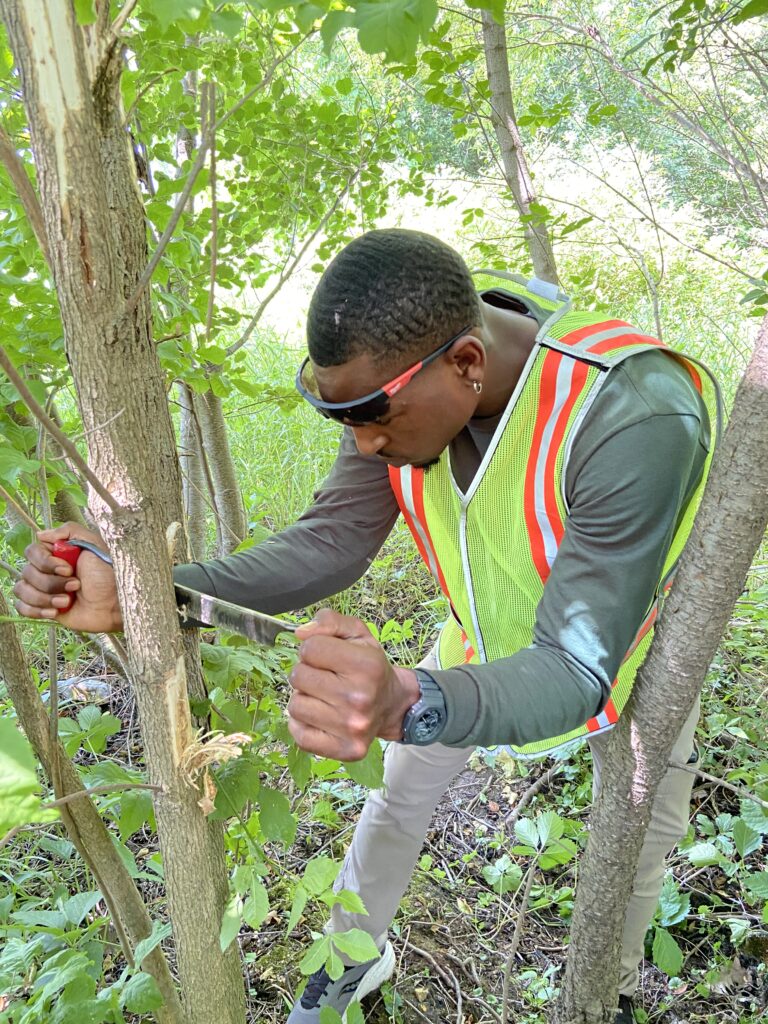 Have a job opening you need to get the word out about before the busy field season ramps up?
Have a job opening you need to get the word out about before the busy field season ramps up?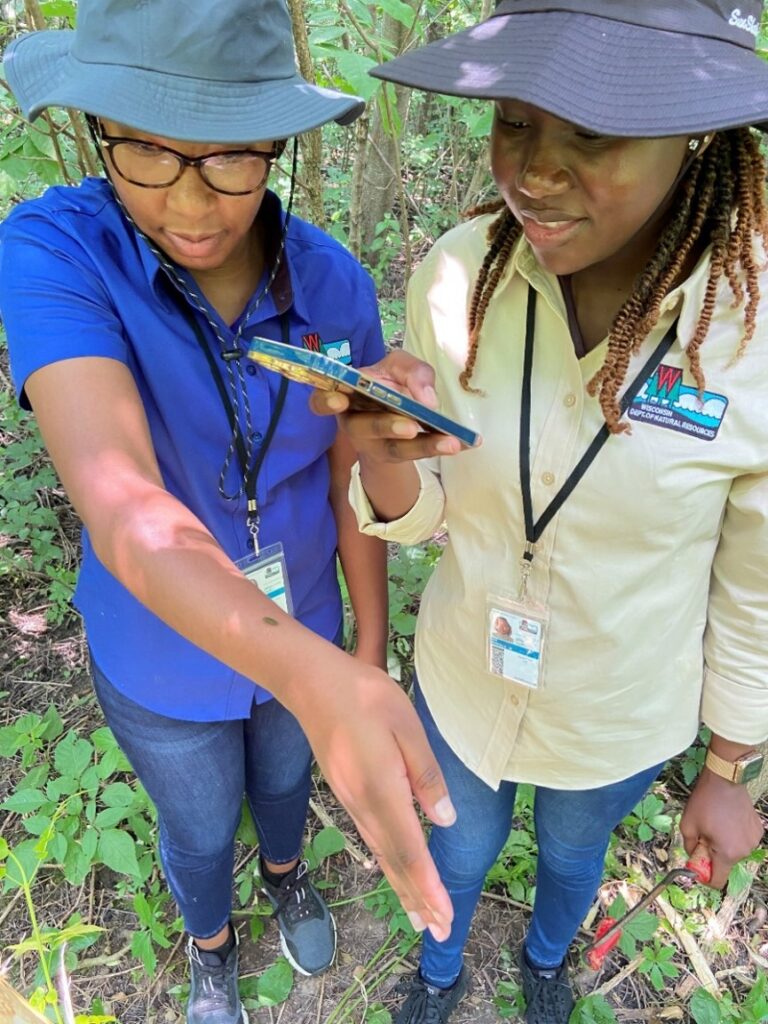 The application period is now open for hundreds of internships with the state of Wisconsin, including two positions with the DNR’s Urban Forestry program!
The application period is now open for hundreds of internships with the state of Wisconsin, including two positions with the DNR’s Urban Forestry program!